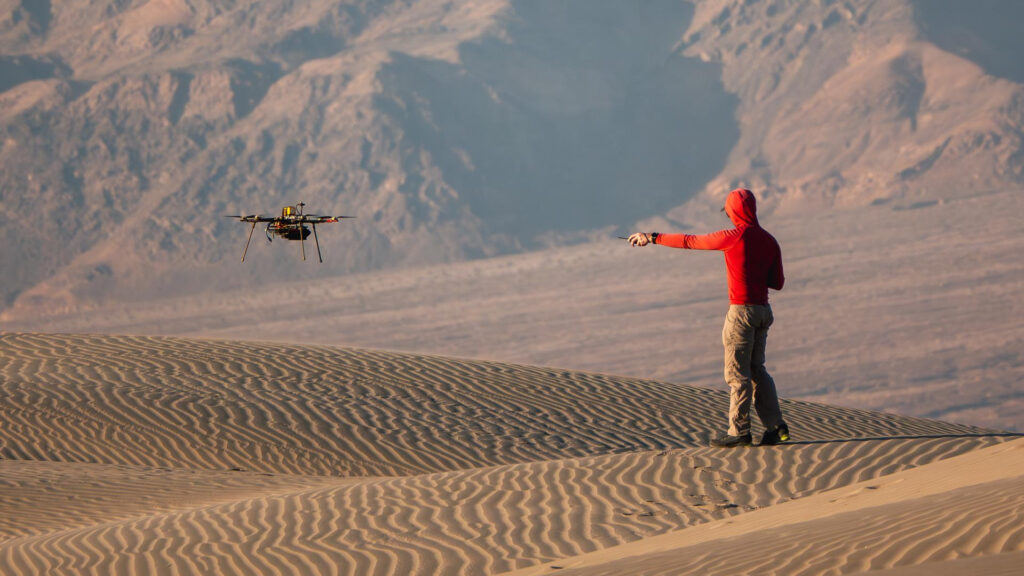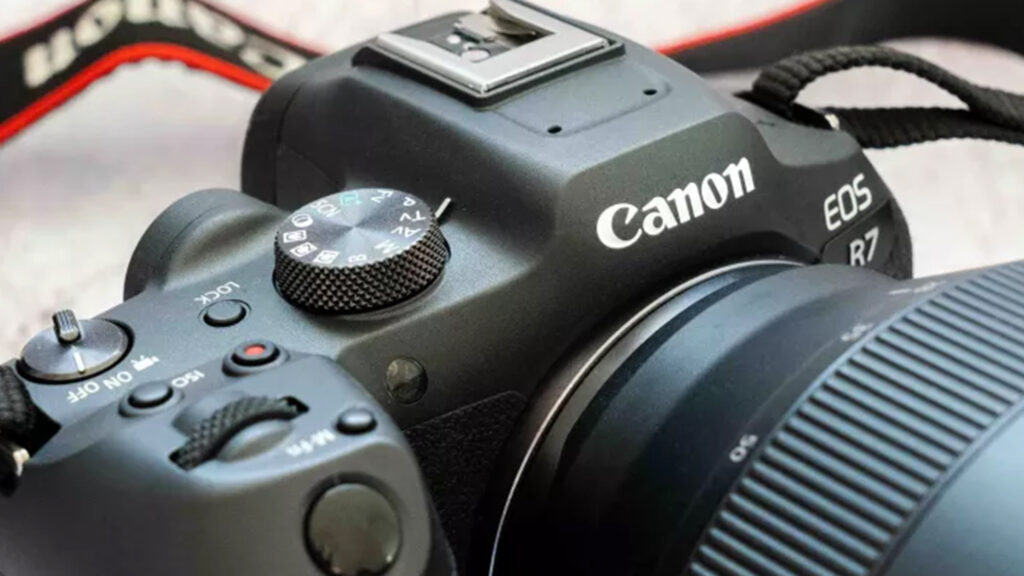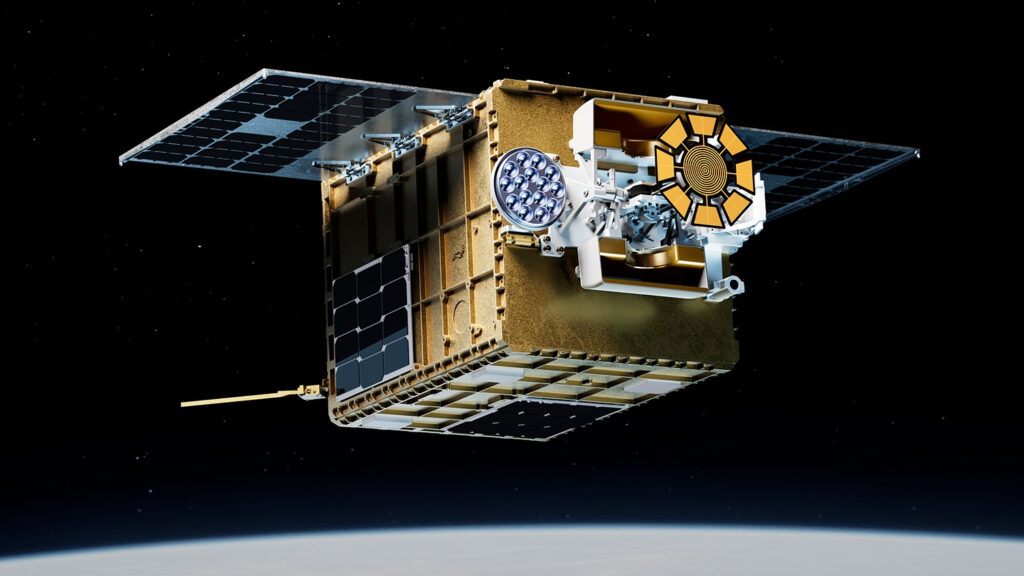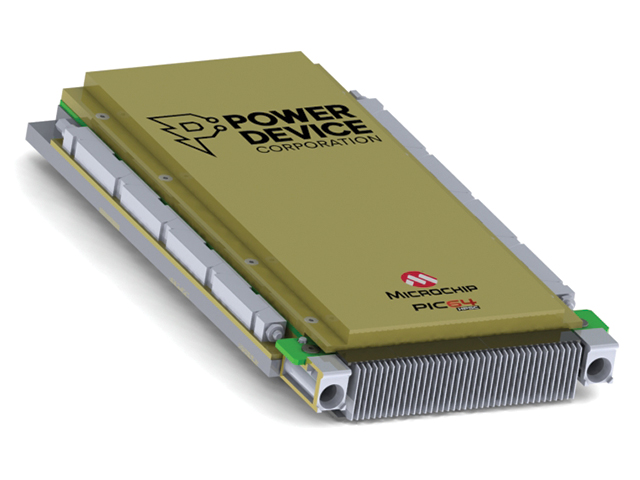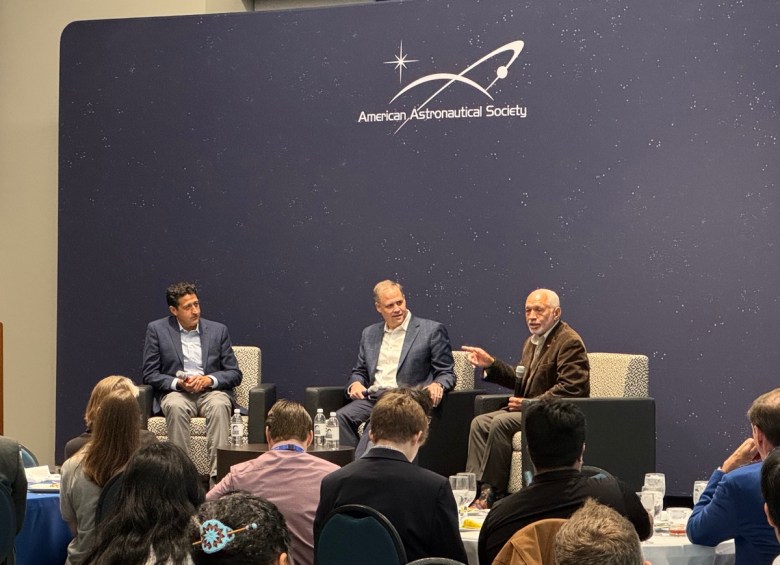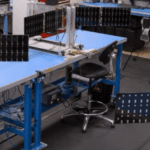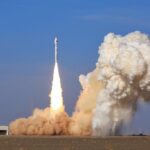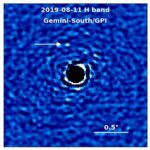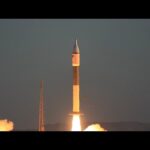Now Reading: Peering into the eye of Hurricane Melissa | Space photo of the day for Oct. 30, 2025
-
01
Peering into the eye of Hurricane Melissa | Space photo of the day for Oct. 30, 2025
Peering into the eye of Hurricane Melissa | Space photo of the day for Oct. 30, 2025
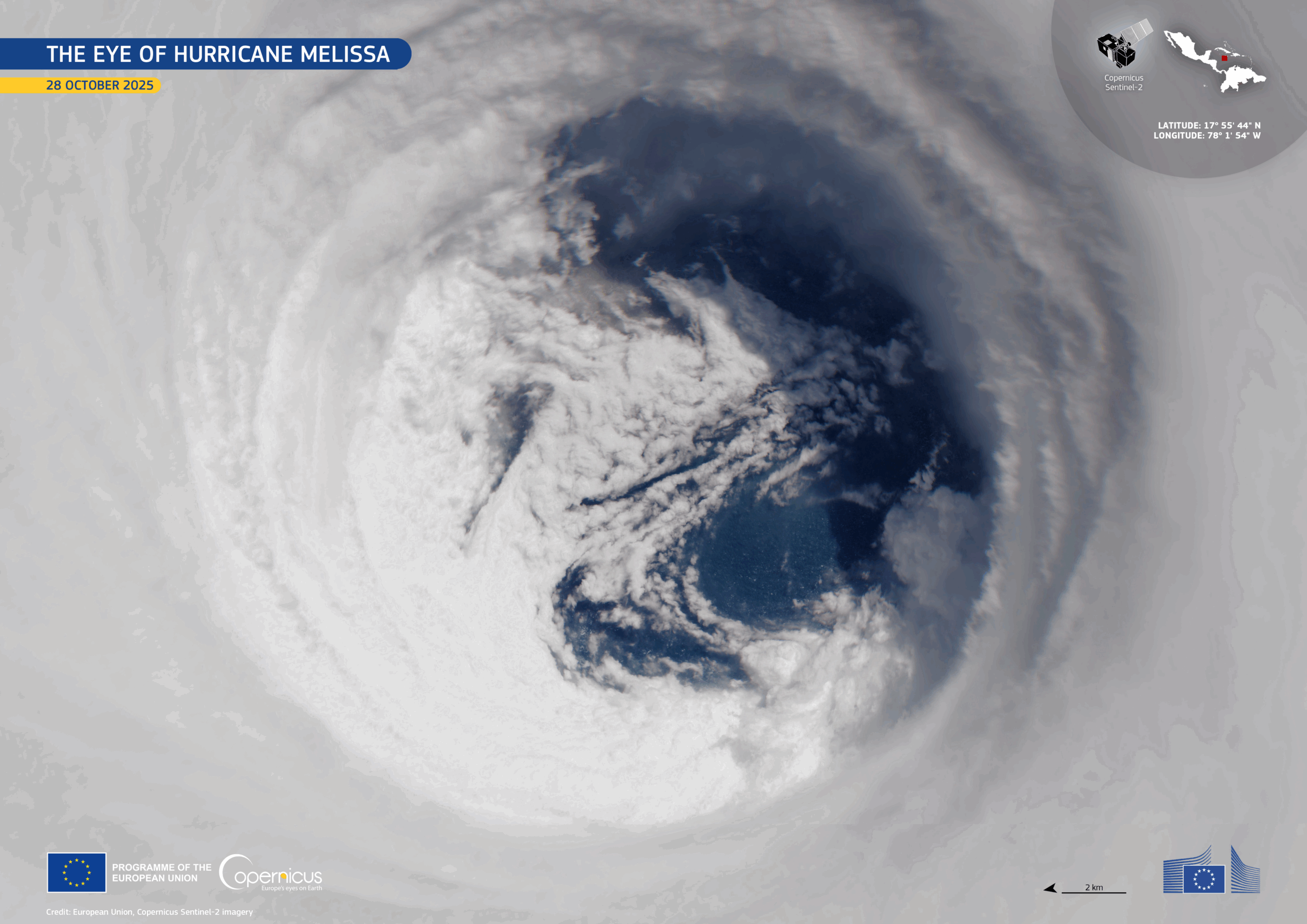
High above Earth, satellites like the European Union’s Copernicus Sentinel-2 watch and track storms such as Hurricane Melissa, a category 5 maelstrom. These satellites help keep continuous eyes on the tempest and provide valuable data about how these natural disasters form and how they can impact communities in a changing world.
What is it?
Because the data is freely available to researchers under the Copernicus program, scientists can support disaster management, build better early warning systems, and have better insights into how global warming and climate change are affecting hurricanes.
Where is it?
Hurricane Melissa made landfall in Jamaica on Oct. 28, 2025.
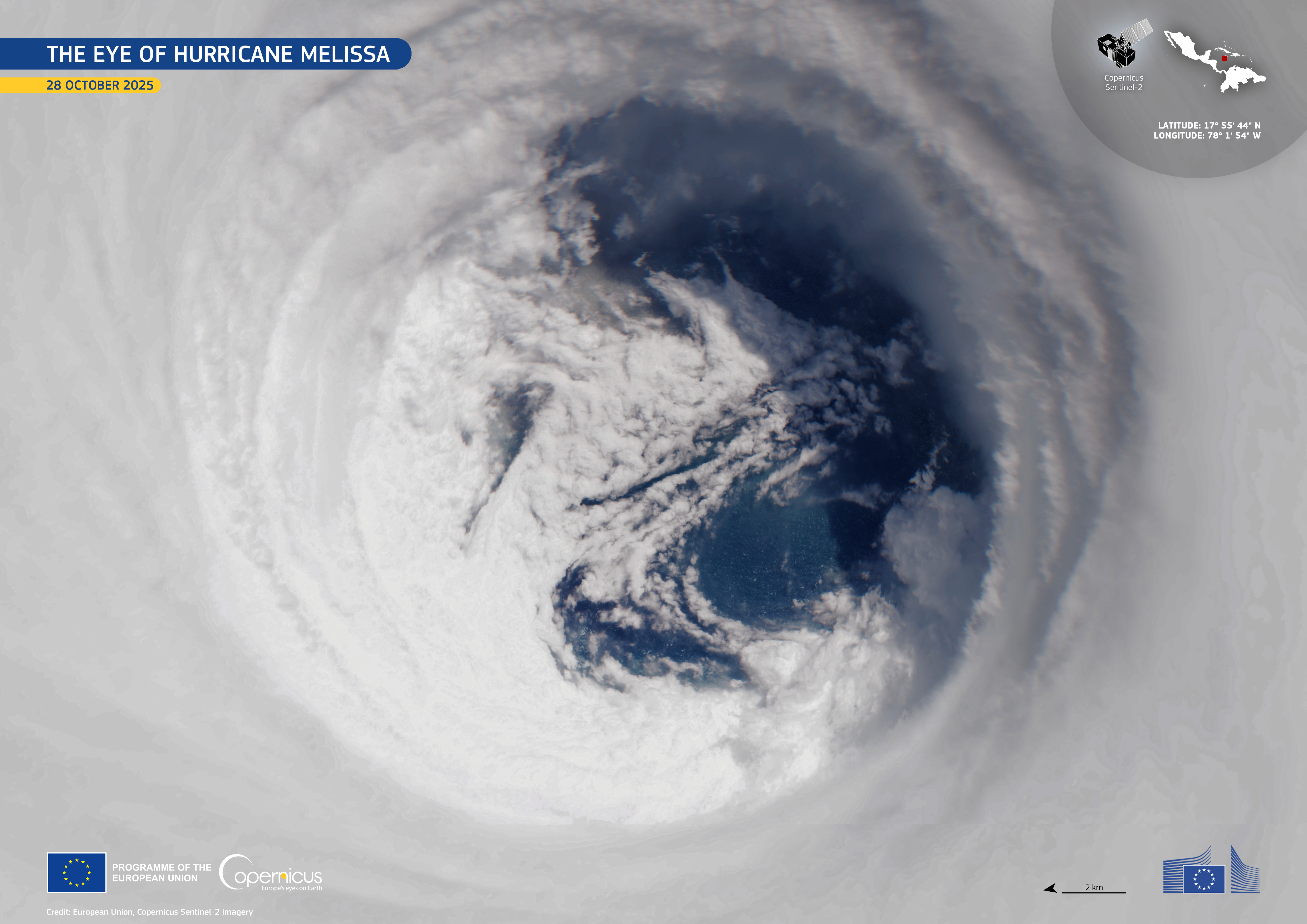
Why is it amazing?
Hurricane Melissa underwent a period of rapid intensification, becoming one of the most powerful storms in the Atlantic in 2025. When it made landfall in Jamaica on Oct. 28, 2025, it was the most powerful storm in the country’s history. Monitoring how storms change is crucial because intensification rates are hard to predict, and stronger storms mean higher risk of catastrophic damage.
Understanding and analyzing the processes behind hurricane intensification, via the use of satellites like Sentinel-2, can help to improve hurricane forecasting and, in the process, save lives.
Want to learn more?
You can learn more about Earth-monitoring satellites and the European Space Agency.
Stay Informed With the Latest & Most Important News
Previous Post
Next Post
-
 012024 in Review: Highlights from NASA in Silicon Valley
012024 in Review: Highlights from NASA in Silicon Valley -
 02Panasonic Leica Summilux DG 15mm f/1.7 ASPH review
02Panasonic Leica Summilux DG 15mm f/1.7 ASPH review -
 03From Polymerization-Enabled Folding and Assembly to Chemical Evolution: Key Processes for Emergence of Functional Polymers in the Origin of Life
03From Polymerization-Enabled Folding and Assembly to Chemical Evolution: Key Processes for Emergence of Functional Polymers in the Origin of Life -
 04How New NASA, India Earth Satellite NISAR Will See Earth
04How New NASA, India Earth Satellite NISAR Will See Earth -
 05And Thus Begins A New Year For Life On Earth
05And Thus Begins A New Year For Life On Earth -
 06Astronomy Activation Ambassadors: A New Era
06Astronomy Activation Ambassadors: A New Era -
07SpaceX launch surge helps set new global launch record in 2024












